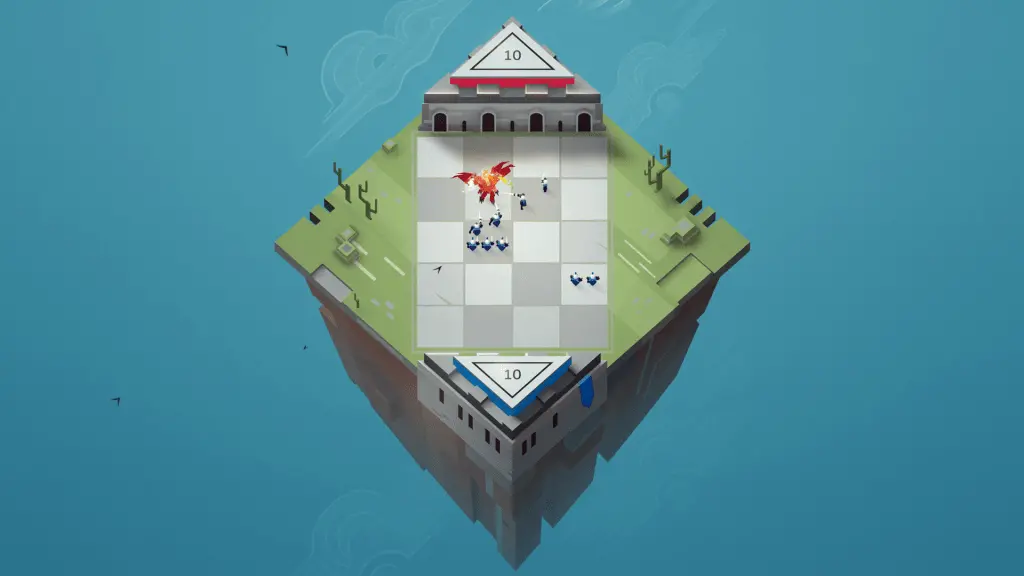
Intro to Equals
By Derk · EssentialsBack to guides
What to expect
Equals refers to the game mode in which both players have only 10 base health and all their cards are level 1—regardless of their quality.
Equals format is not just Ranked with lower card levels and base health. The meta, playstyle, match length and deck building are all completely different.
This mostly has to do with the fact that a lot if not all cards and card combos which are being used in Ranked aren’t very good at level 1 (and vice versa). For example: Gifted Recruits is one the most used cards in Ranked while it rarely sees play in Equals.
Differences from Ranked
Possibly the biggest difference between Ranked and Equals is that decks are far less combo-reliant in Equals. The majority of cards in a good Equals deck have nothing in common and no synergy whatsoever.
Of course there are some combos or synergies being used but usually not more than 3 cards that work well together. For instance, very popular combo in Equals decks is Spare Dragonling + 1 or 2 other dragons (like Wandering Wyrms and Broodmother Qordia if you’re playing Shadowfen).
So if combos and synergy aren’t very important, then what is? The answer is value. Value is (nearly) everything in Equals. If you take a look at the Equals tier list, you will see that most of the cards in the “Auto-Include” tier generate a lot of value.
Deck building
So to make a good Equals deck, you need to look at the cards that can generate the most value. For example: combined with another dragon, Spare Dragonling gives a total of 4 strength for only 2 mana! Now let’s say your other dragon is Wandering Wyrms or Dreadful Keepers, you will get another 6 strength for only 3 mana as well. 10 strength for only 5 mana at level 1? Doesn’t get any better than that.
But value isn’t everything you need to look at when creating a deck. Your mana curve is also very important. Equals matches are often way slower than Ranked matches because you’d rather have some more expensive cards with lots of value than some cheaper cards with low amounts of value.
If you are unfamiliar with the concept of mana curve, refer to the dedicated guide by Kitty. It covers the basics of mana curve, how to analyze it and features some cute graphs. ✨
- Green Prototypes
1
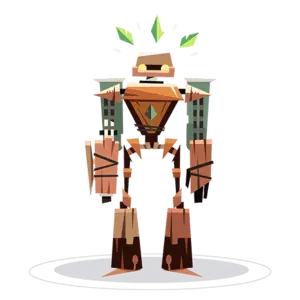 1
1 - Dubious Hags
2
 1
1 - Spare Dragonling
2
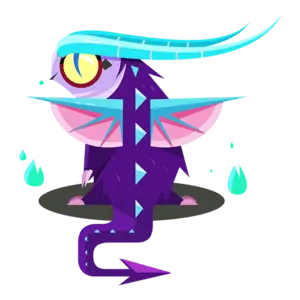 1
1 - Heliotroopers
3
 1
1 - Wandering Wyrms
3
 1
1 - Siegebreakers
4
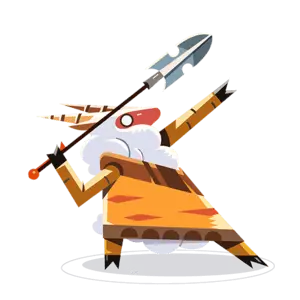 1
1 - Tode the Elevated
4
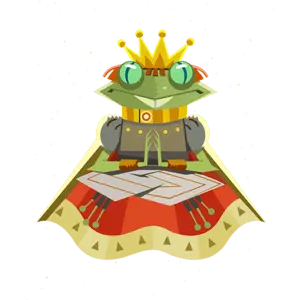 1
1 - Fluffy Badboxers
5
 1
1 - Laurus, King in Exile
5
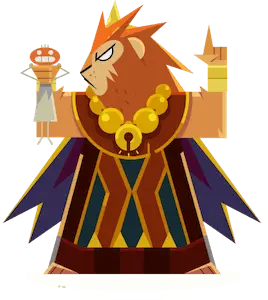 1
1 - Broodmother Qordia
6
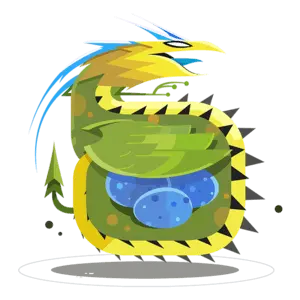 1
1 - Tegor the Vengeful
6
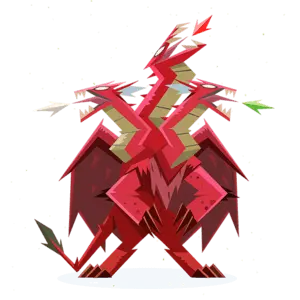 1
1 - Twilight Prowlers
6
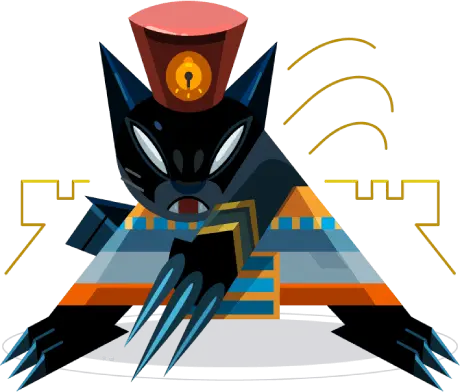 1
1
- Green Prototypes
1
 1
1 - Icicle Burst
1
 1
1 - Frosthexers
2
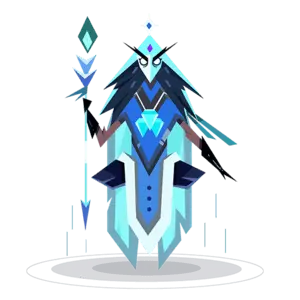 1
1 - Spare Dragonling
2
 1
1 - Yowling Weavers
3
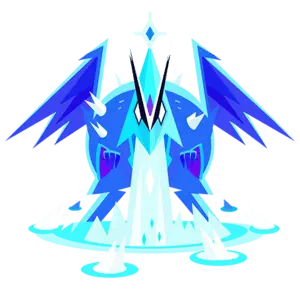 1
1 - Mystwives
4
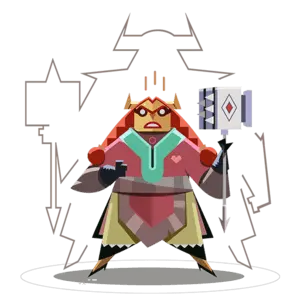 1
1 - Siegebreakers
4
 1
1 - Spellbinder Zhevana
4
 1
1 - Fluffy Badboxers
5
 1
1 - Laurus, King in Exile
5
 1
1 - Tegor the Vengeful
6
 1
1 - Fleshmenders
7
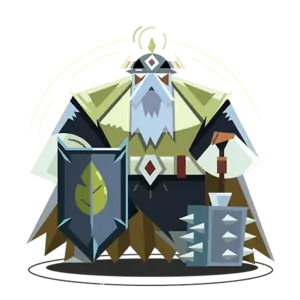 1
1
- Green Prototypes
1
 1
1 - Destructobots
2
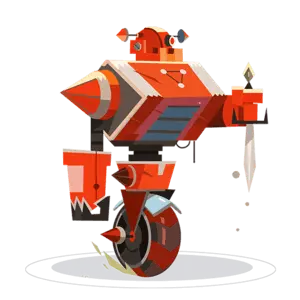 1
1 - Spare Dragonling
2
 1
1 - Unstable Build
2
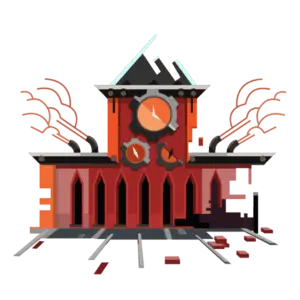 1
1 - Wild Saberpaws
2
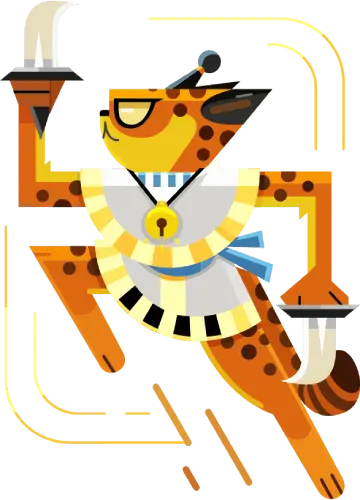 1
1 - Linked Golems
3
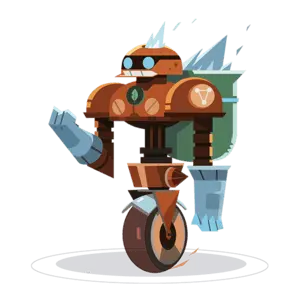 1
1 - Sound Drivers
3
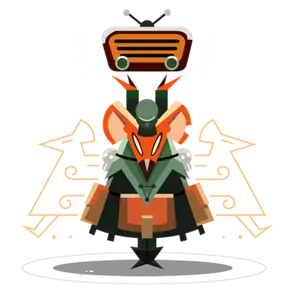 1
1 - Embers of Chaos
4
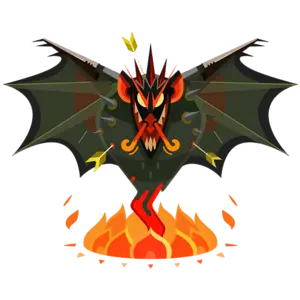 1
1 - Scrapped Planners
4
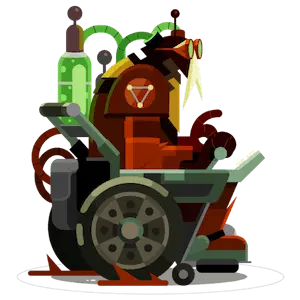 1
1 - Siegebreakers
4
 1
1 - Chaotic Pupil
5
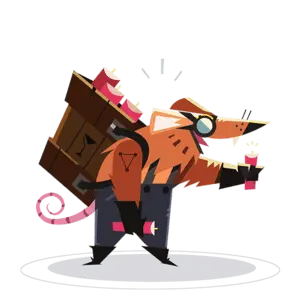 1
1 - Hearthguards
6
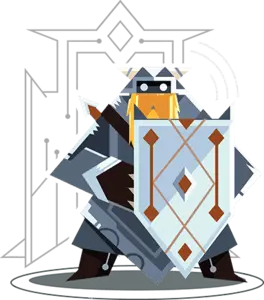 1
1
- Green Prototypes
1
 1
1 - Head Start
2
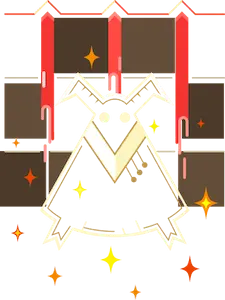 1
1 - Spare Dragonling
2
 1
1 - Dreadful Keepers
3
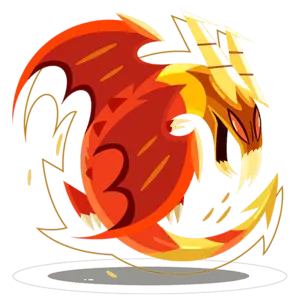 1
1 - Shady Ghoul
3
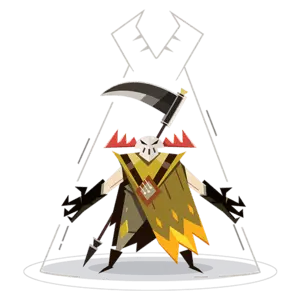 1
1 - Beasts of Terror
4
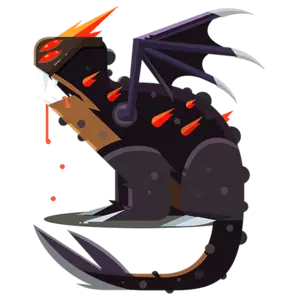 1
1 - Siegebreakers
4
 1
1 - Fluffy Badboxers
5
 1
1 - Pillars of Doom
5
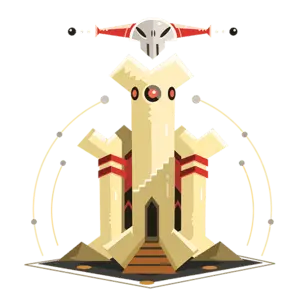 1
1 - Tegor the Vengeful
6
 1
1 - Twilight Prowlers
6
 1
1 - Crazy Bombers
8
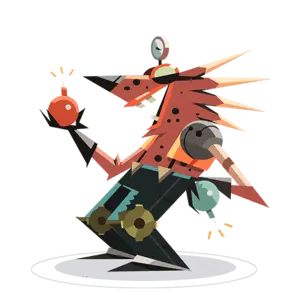 1
1
As you can see, decks generally have only 2 or 3 cards that cost 2 mana (with the Ironclad rush deck as an exception). Ranked decks often haveat least 4 cards that cost 2 mana and don’t have any cards more expensive than 5 or sometimes even 4 mana.
Going further into the deck, you’ll see there are often 2 cards of each mana-cost up to 6 mana (except for 1 mana since Green Prototypes is the only good 1-cost neutral card). I’ve found 2 cards of each cost up to 6 mana to be the ideal amount, if you don’t make any mistakes in cycling cards, you can almost always use up all mana every turn. Being mana-efficient is key, using all mana each turn means you generate the most value possible.
Tournaments and deck flexibility
The Equals format is almost exclusively used in tournaments. This format can only be played in friendly matches currently, this is also how Tournament matches are organized (add your next opponent as friend in-game and then select level 1 cards and 10 base health when challenging them for a friendly match).
Every tournament has a unique set of rules and often a list of banned cards. This gives players the opportunity to make very different decks each time, meaning you will never see the same deck twice in any event.
These rules and banned cards allow for strategies to be used that would normally never even be considered! For example: Hearthguards Shadowfen with Fort of Ebonrock was possibly the best deck at some point in Faction Wars. If you look at the winning decks in Tournaments, you will see how much the decks vary.
Tips and Tricks
- It’s usually not worth making risky or ambitious plays, slow and steady is the way to go. Playing a card 1 or even 2 rows back is sometimes better to maintain board presence.
- Spells are often not worth using, units are better. Only a handful of decks in the Hall of Fame contain 2 spells, all other decks contain either 0 or 1.
- Make sure you have enough units with 1 movement, since you won’t have (m)any spells, you need units to contest for board presence and units with no movement aren’t good for that while units with 2+ movement don’t have enough strength.
- Make sure you have enough 4 strength units, the 4 mana turn is usually when the match really starts which means 4 mana units (with 4 strength) are very popular.
That’s it friends, short and sweet! Nevertheless, I hope this helps.
See you on the battlefield!
Looking to teach others and guide them towards glorious battles?
Have your own guide published.